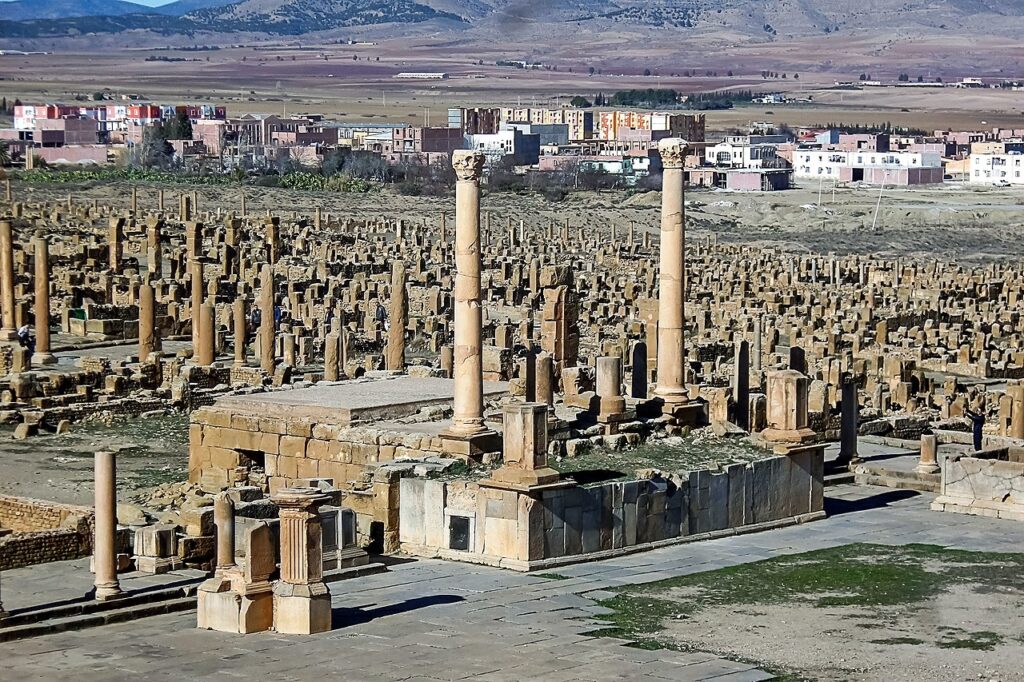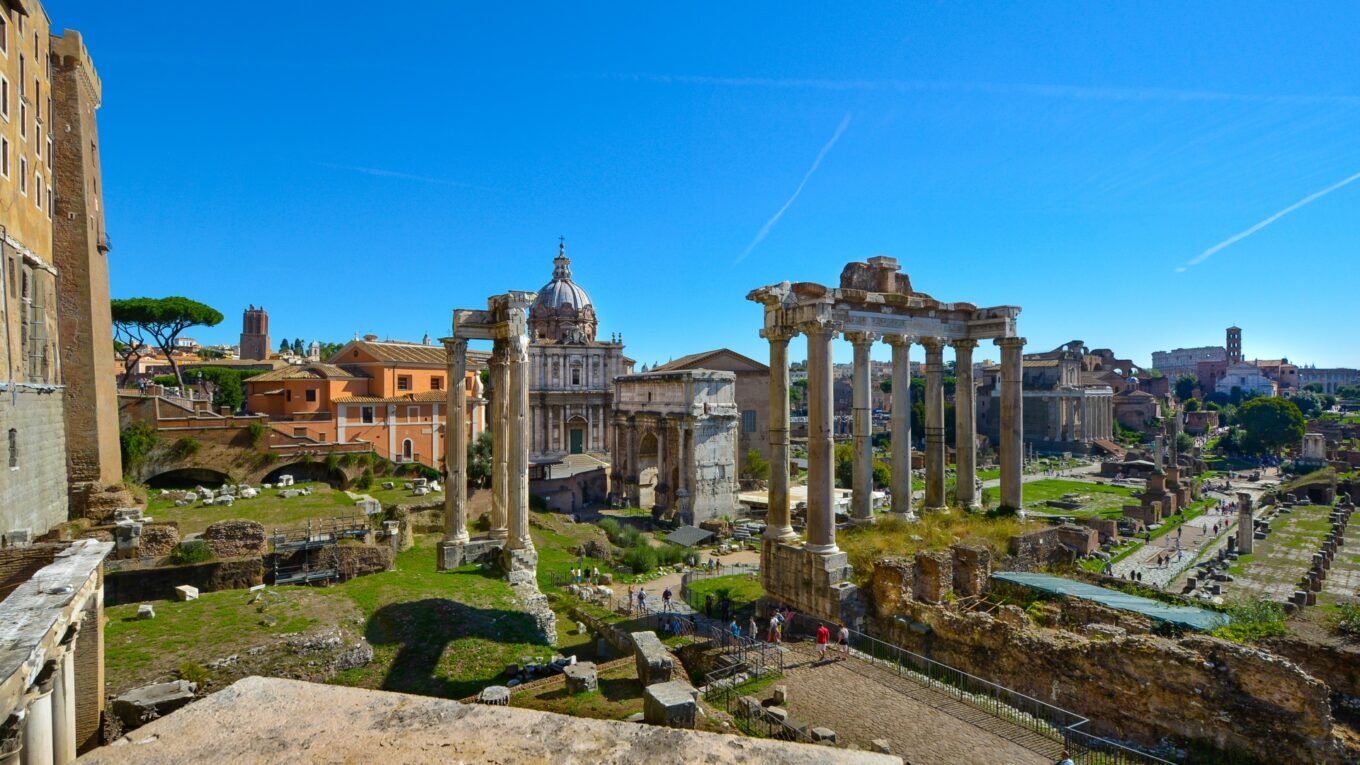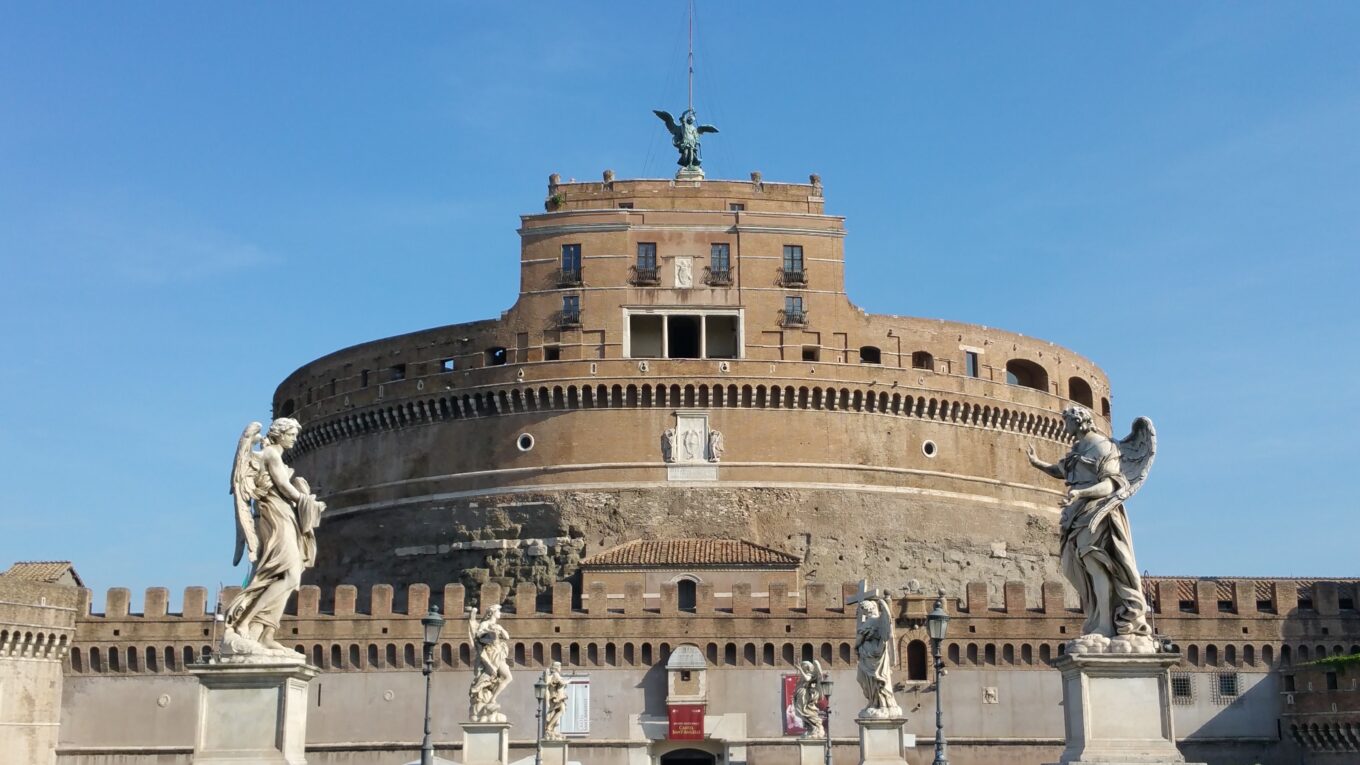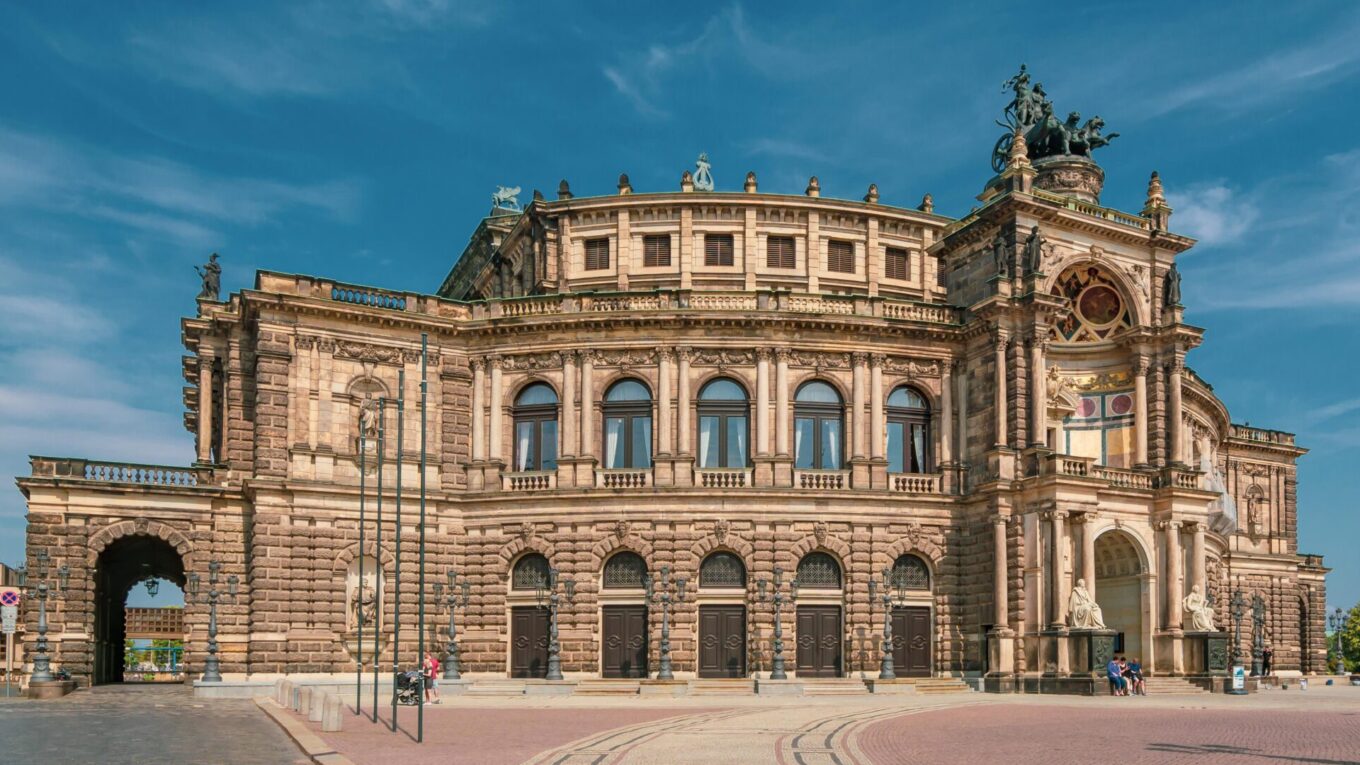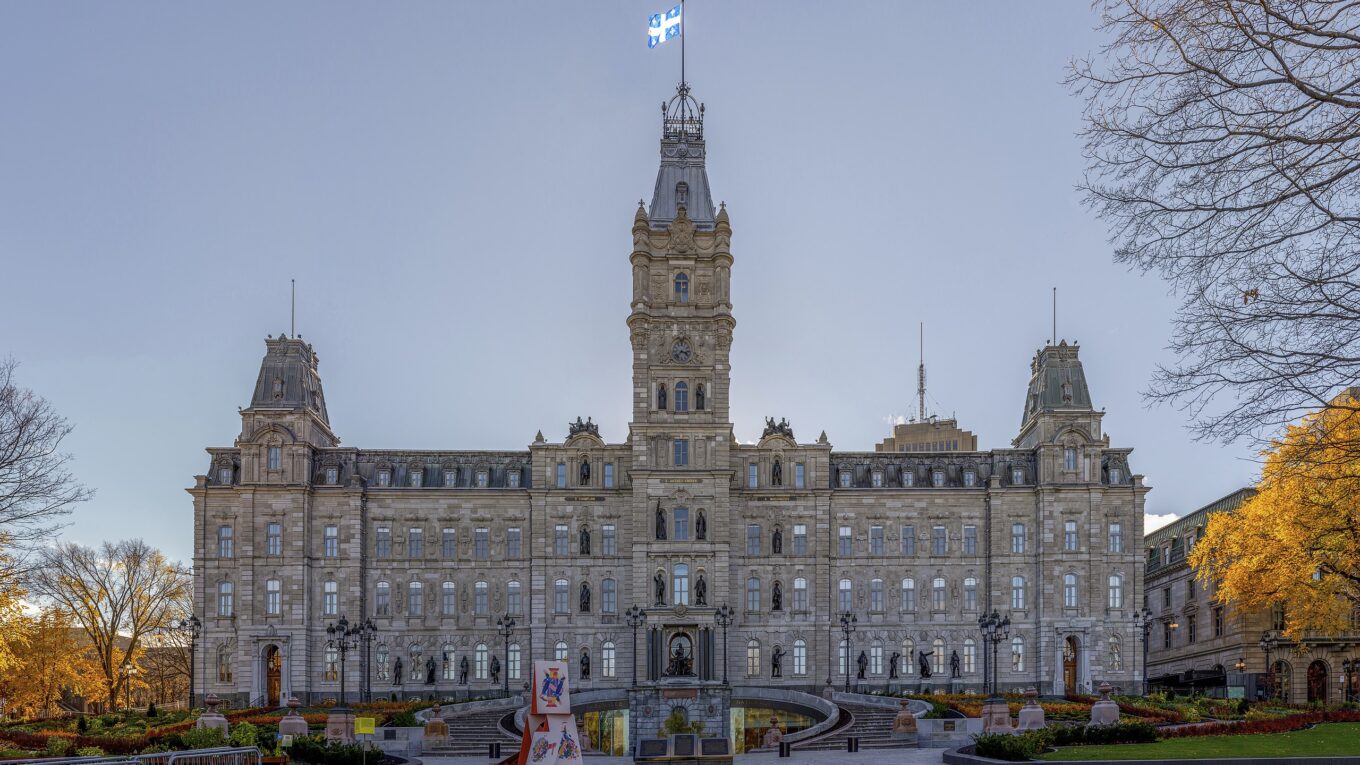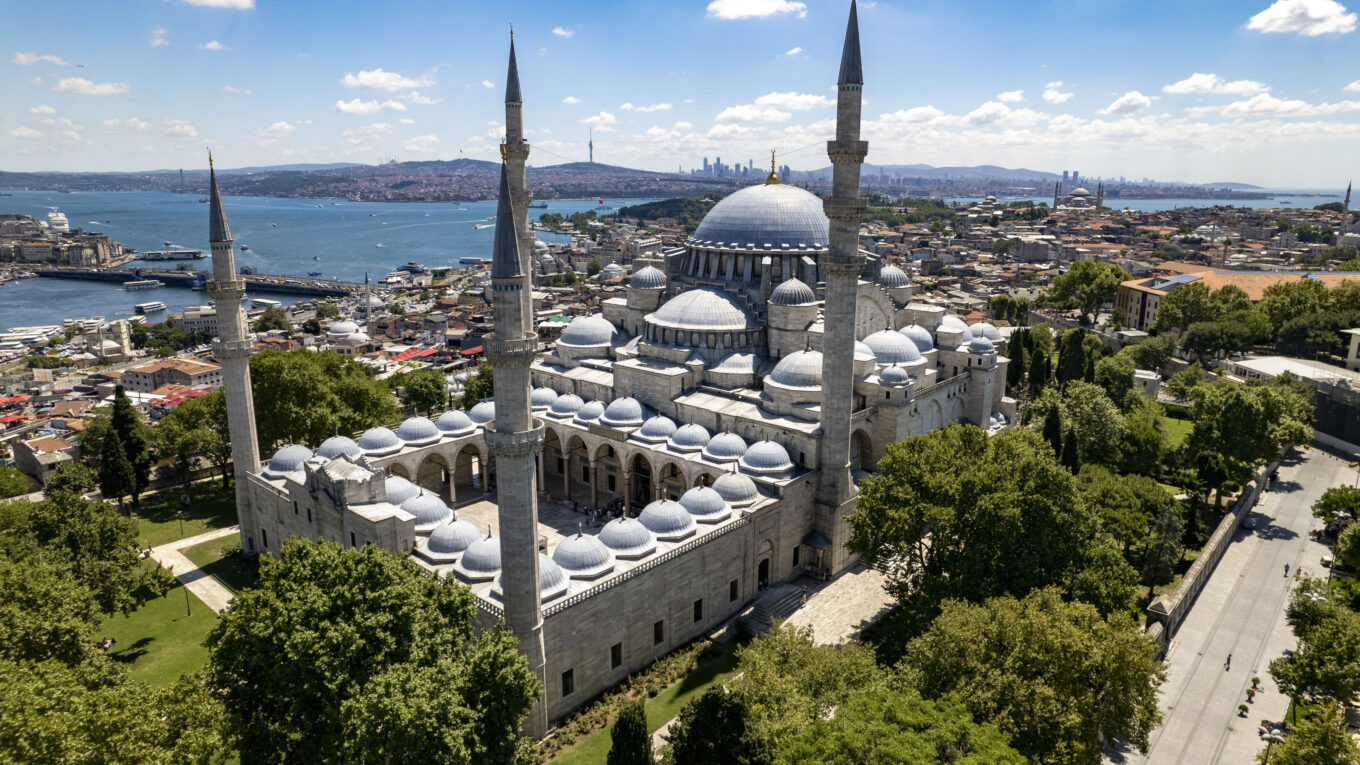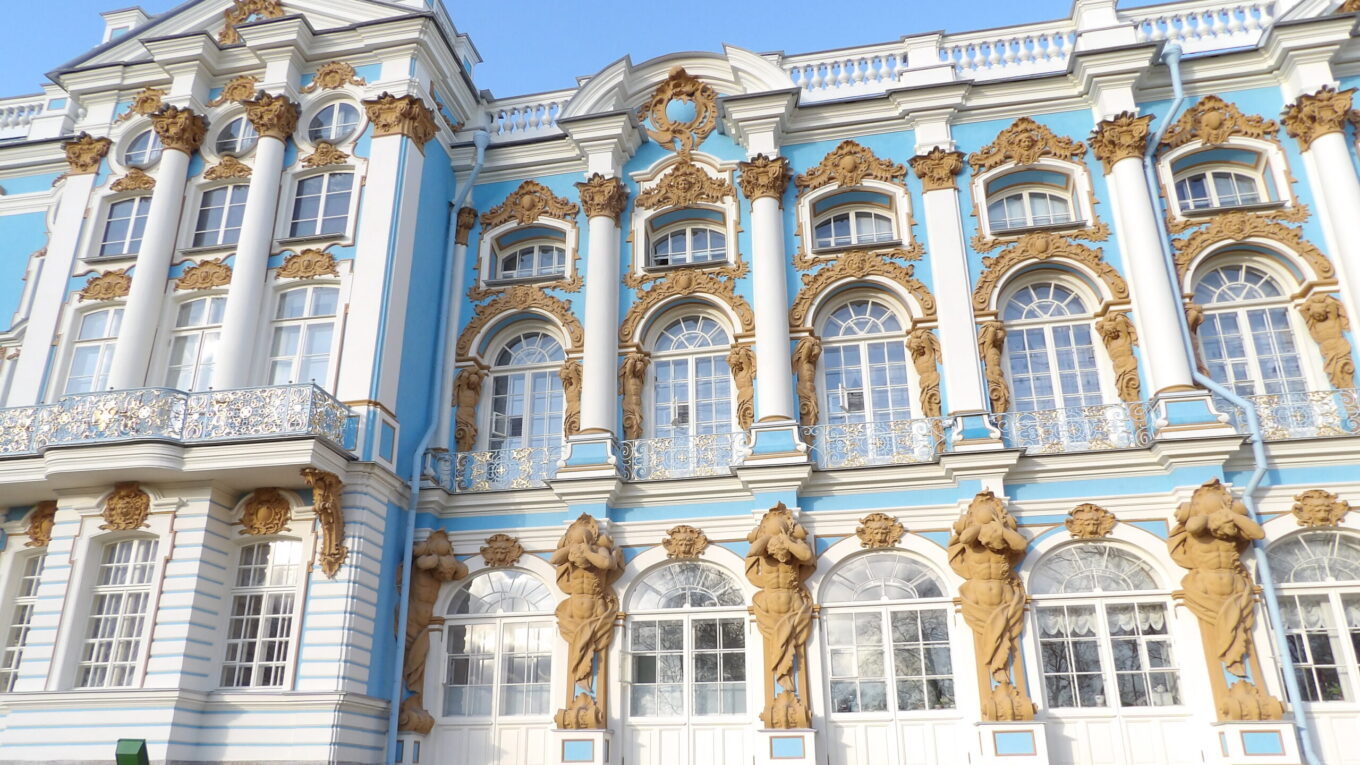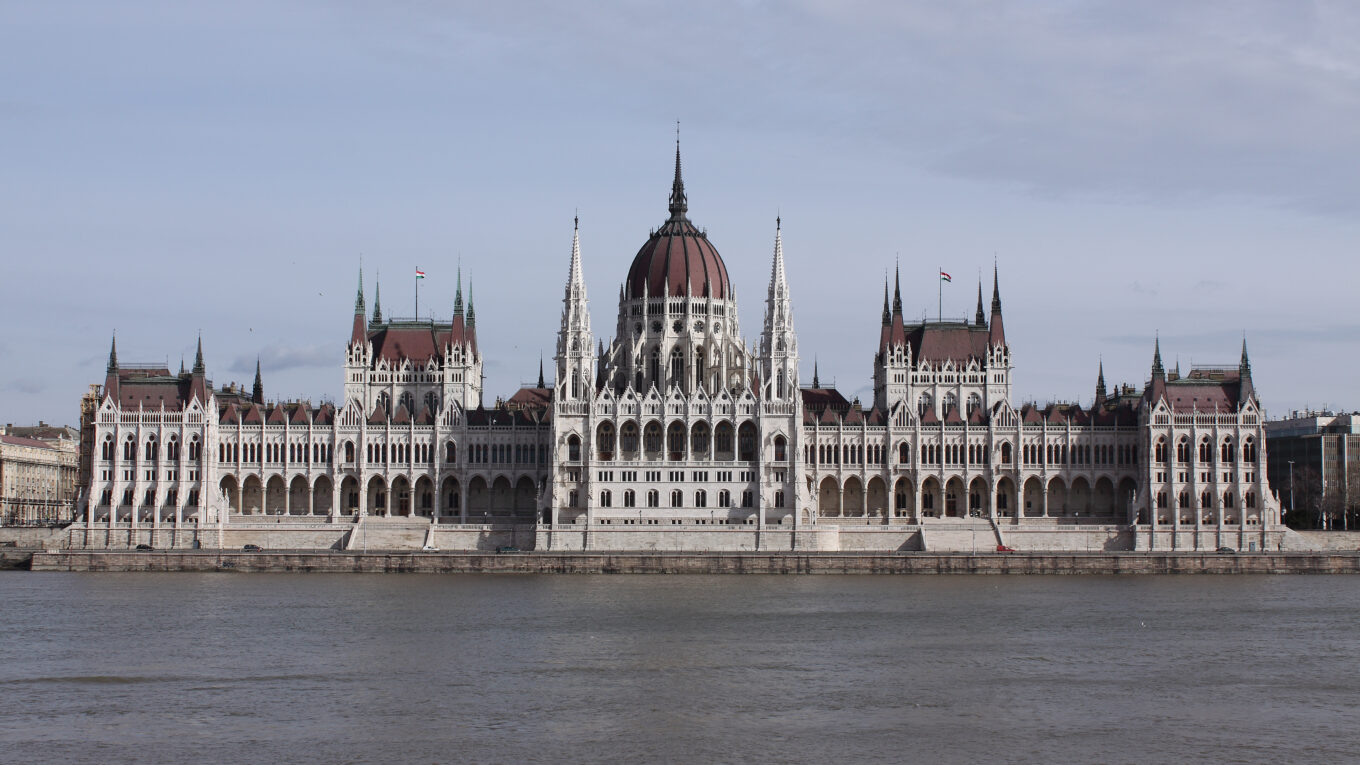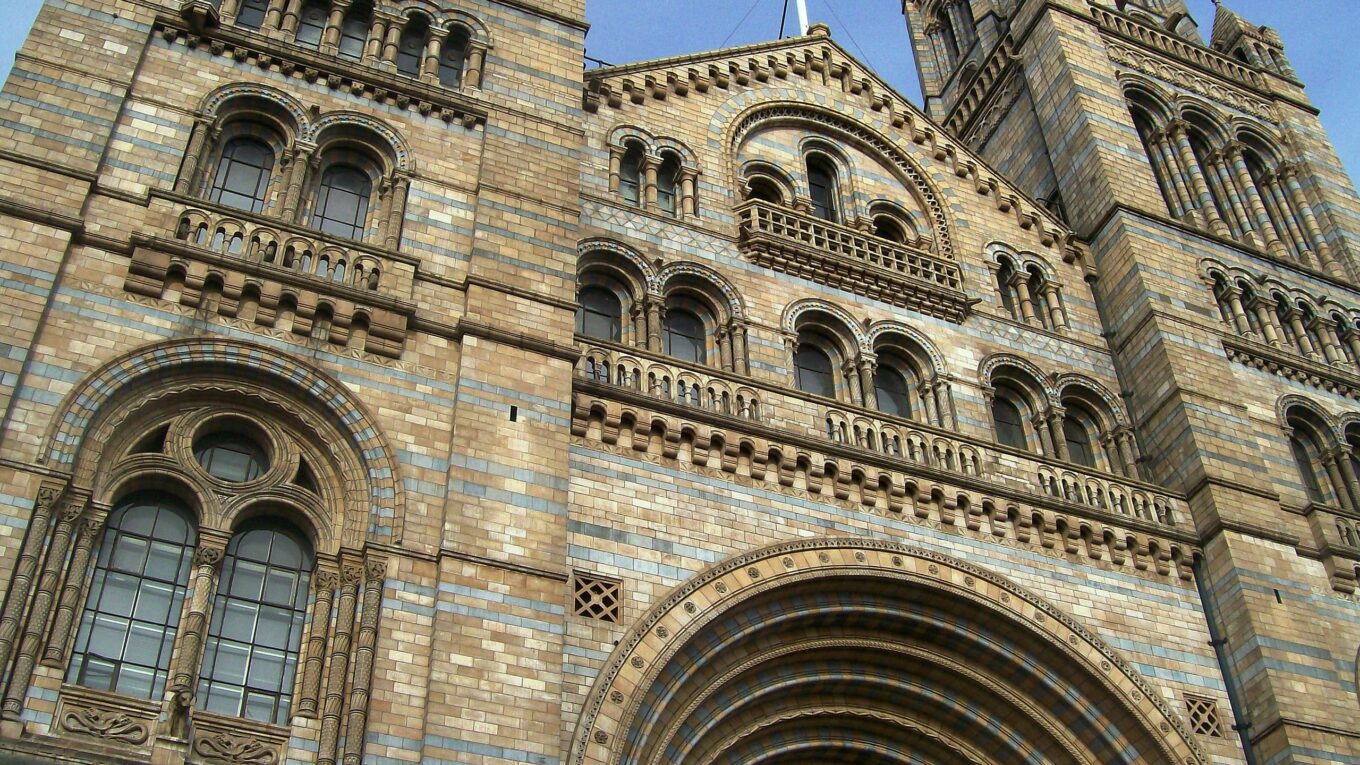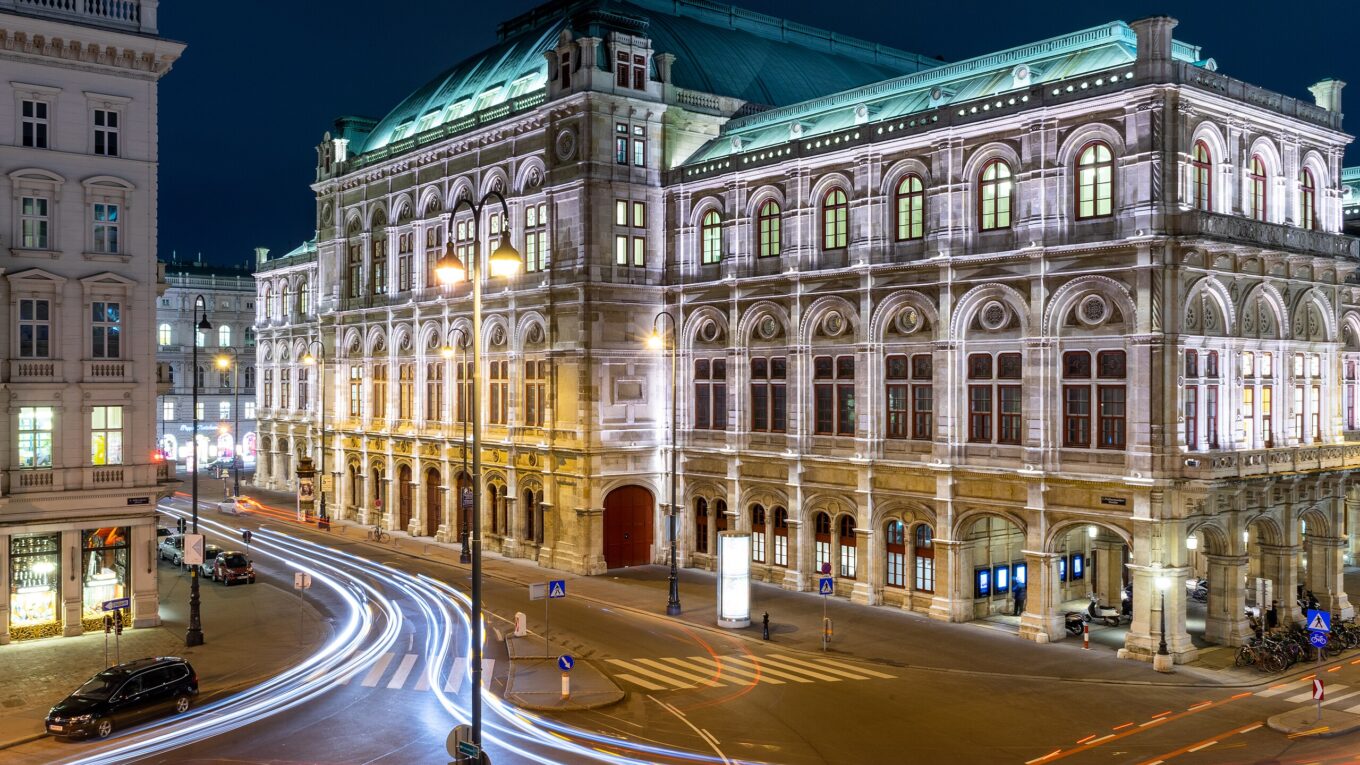Top 15 Ancient Roman Forums
The Ancient Roman Forum was a place of politics, culture, commerce, and socialization. The forum was at the very center of Roman life, and every city in the empire had at least one if not several. Rome herself had half a dozen forums, many built by the greatest rulers the empire had ever known. Roman Forums were typically lined with impressive buildings, such as baths, temples, and basilicas. The article below will highlight 15 of the greatest surviving Roman Forums and show how the forum still influences modern life and society.
Who were the Romans, and why did they build Forums?
The Roman Empire was a massive ancient civilization that controlled a territory stretching from the British Isles all the way to Egypt and Mesopotamia. The Romans were masters of engineering, bureaucracy, and war. They filled their empire with incredible monuments like aqueducts, amphitheaters, and temples. The Roman Empire founded hundreds of cities throughout Europe and the Mediterranean, all centered around large open spaces known as forums. The Forum was the focal point of Roman Society and forums always contained boisterous and imposing architecture.
The Top 15 Ancient Roman Forms
Below is a list of some of the greatest Ancient Roman Forums that have survived to modern times. The sites are in order of their size, splendor, and preservedness.
1. Roman Forum – Rome, Italy
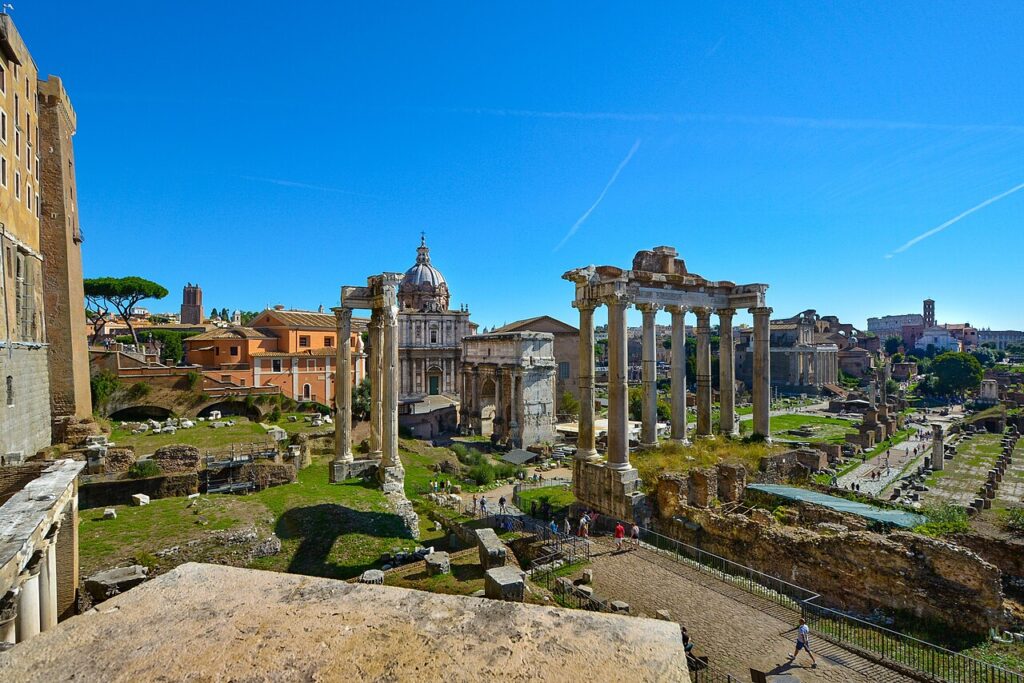
Of course, Rome contained the largest and grandest forum in the entire empire. The Roman Forum surrounded the Via Sacra – a sacred street that cut through the heart of Rome. The Via Sacra was used for processions and celebrations and it was where triumphant Roman Generals would stage their Victory Parades. The Roman Forum was where people congregated to listen to speeches, hold criminal trials, trade goods, and celebrate holidays and milestones. The Roman Forum was surrounded by dozens of famous monuments, including the Arch of Constantine, the Temple of Saturn, the Column of Phocas, and the Basilica of Maxentius.
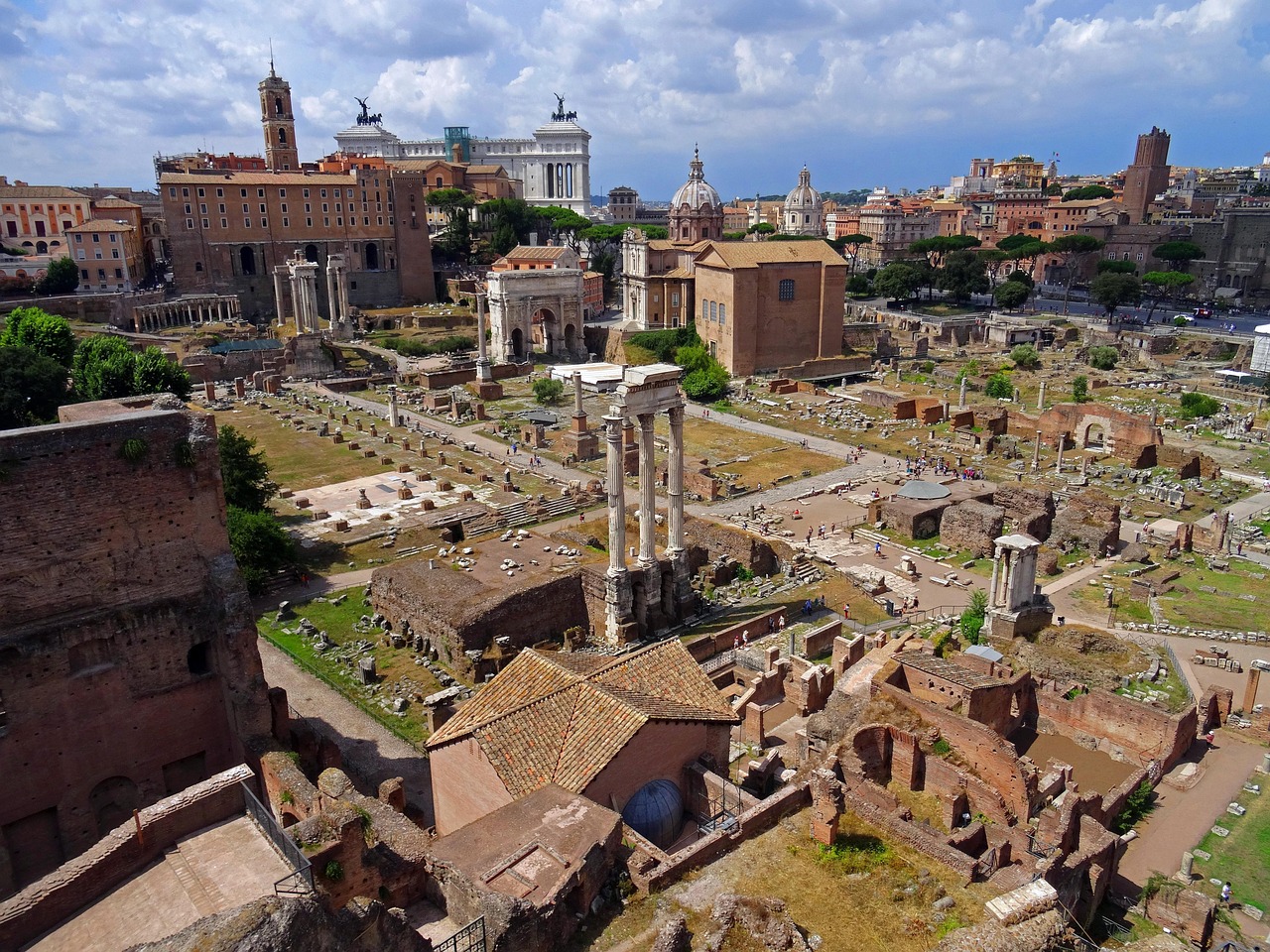
Rome’s Forum had a foundation as old as the city itself, and some of its oldest monuments date to around 500 BCE. The Forum was integral during the days of the Roman Republic and continued to be vital throughout the Imperial Period. Today many of the forum’s original buildings lie in ruin, but the site still shows the scale and immensity of the Forum in its prime. The forum is among the most visited sites in all of Rome, rivaling other ancient buildings such as the Colosseum and the Pantheon.
2. Forum of Gerasa – Jerash, Jordan
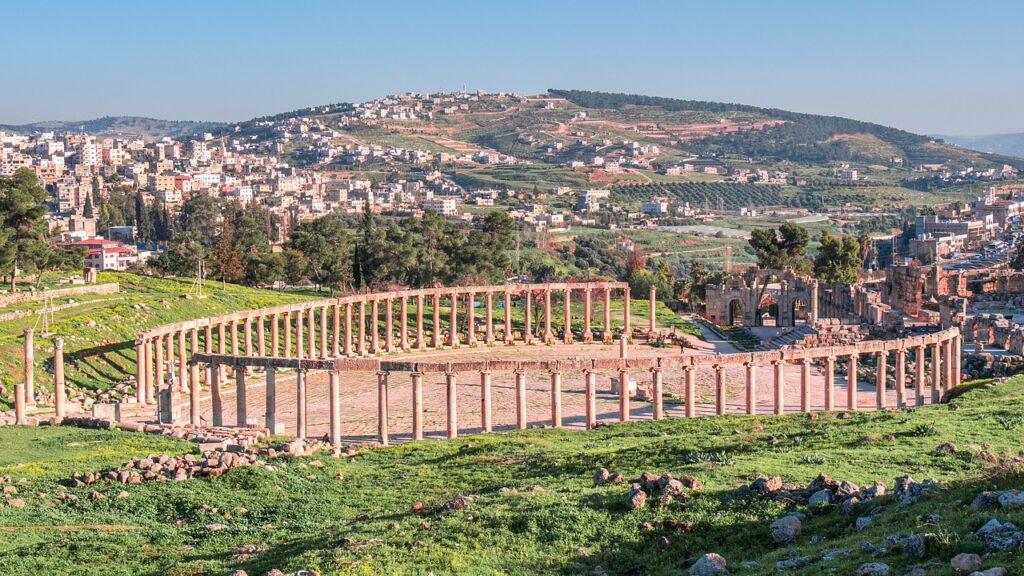
Gerasa was a city founded by the Ancient Greeks during the Hellenistic Period. It prospered under Greek & Roman rule thanks to its location on prominent trading routes. Gerasa had a huge population and boasted many impressive monuments including a large Theater and a Triumphal Arch dedicated to Emperor Hadrian. The Forum of Gerasa is one of the city’s greatest surviving structures. It was built in a unique elliptical shape, and it sits along a lengthy colonnaded street that connects many of Gerasa’s prominent buildings.
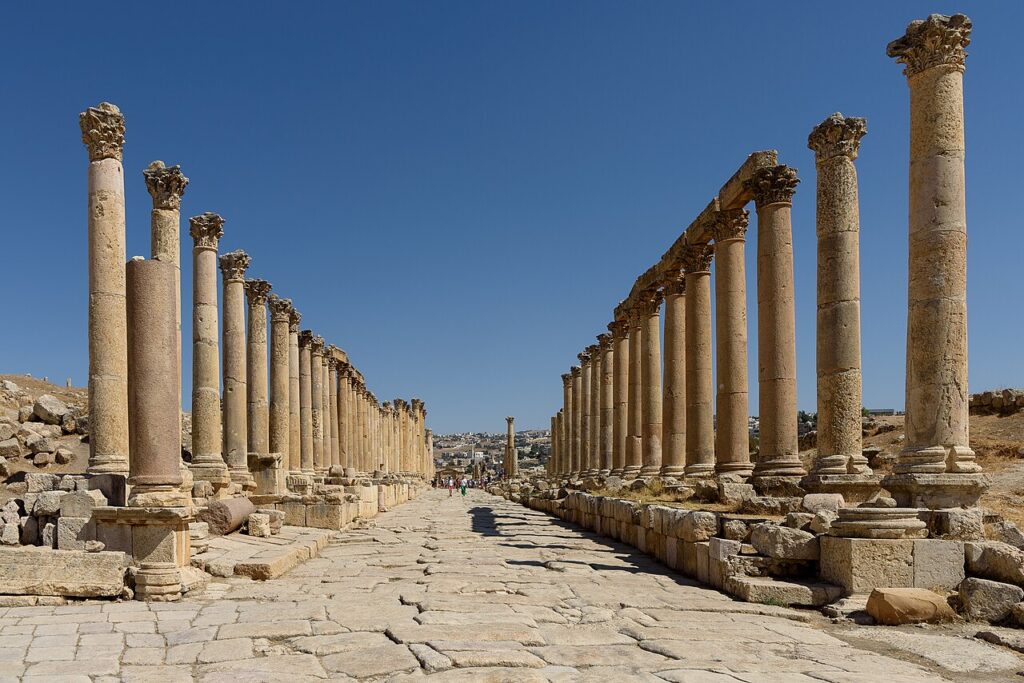
The image above shows the colonnade of the Cardo Maximus. This street connects with the forum and is perfectly straight – an attribute shared by all Roman Roads. The Cardo Maximus and the Forum of Gerasa were both completed in the 1st Century CE and show the sophistication of Roman Engineering at that time. Eventually, in the 7th Century, Gerasa would be lost by the Byzantine Empire. The city came under the control of the Rashidun & Umayyad Caliphates and would be renamed Jaresh.
3. Forum of Pompeii – Pompeii, Italy
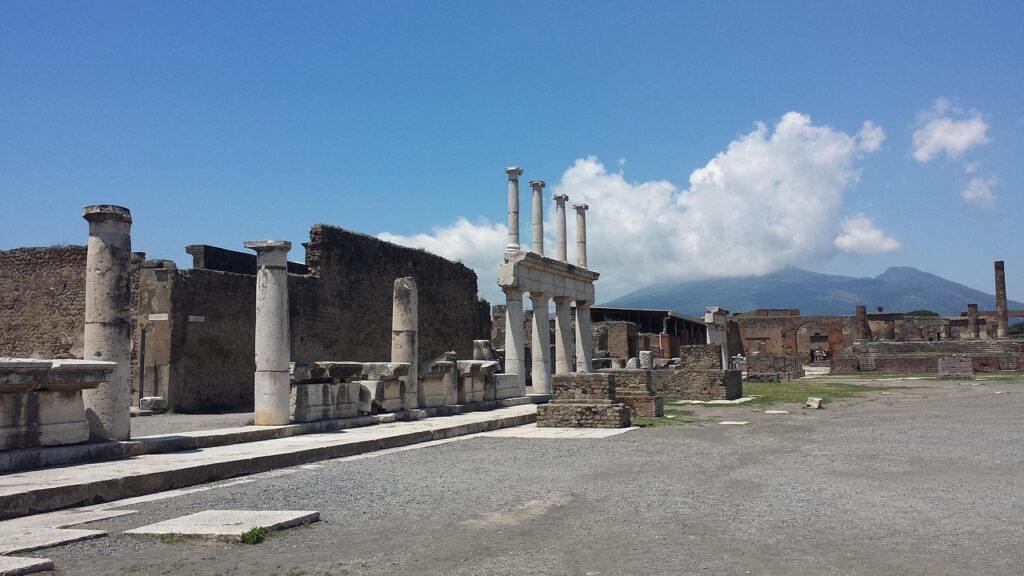
Pompeii once contained a large forum that was the focal point of the city. Like the rest of Pompeii, the forum remains remarkably well preserved since it was untouched after the Eruption of Mount Vesuvius in 79 CE. Modern excavations have uncovered countless columns, statues, and other artifacts. Many of these items are still on display at the Pompeii Archeological Site, and others have been moved to the National Archaeological Museum in Naples.
4. The Severan Forum – Leptis Magna, Libya
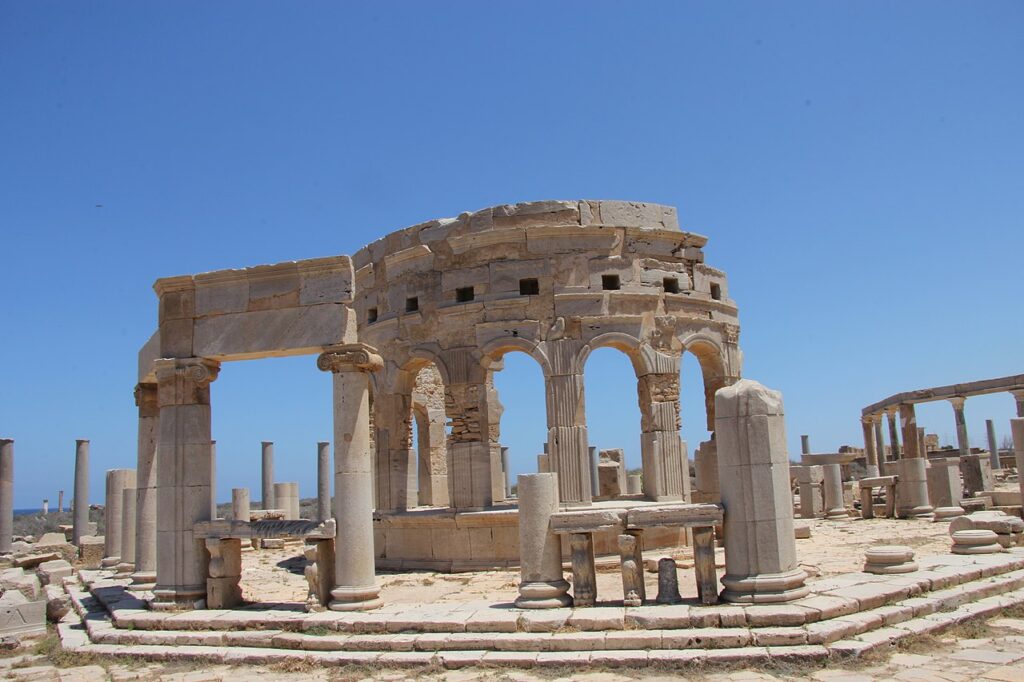
joepyrek from Wikimedia Commons
Leptis Magna was a prominent Roman City located on the coastline of North Africa. It was originally settled by the Carthaginians but after the Punic Wars, it became Roman territory. Leptis Magna was famous as the birthplace of the Roman Emperor Septimius Severus. He ruled during the peak of the empire from 193-211 CE. Severus would commission many prominent monuments within Leptis Magna, including a Triumphal Arch, a Basilica, and a Forum. The image above shows some of the remnants of the Forum of Leptis Magna, including portions of a circular market hall.
5. Roman Forum of Marciana Traiana – Timgad, Algeria
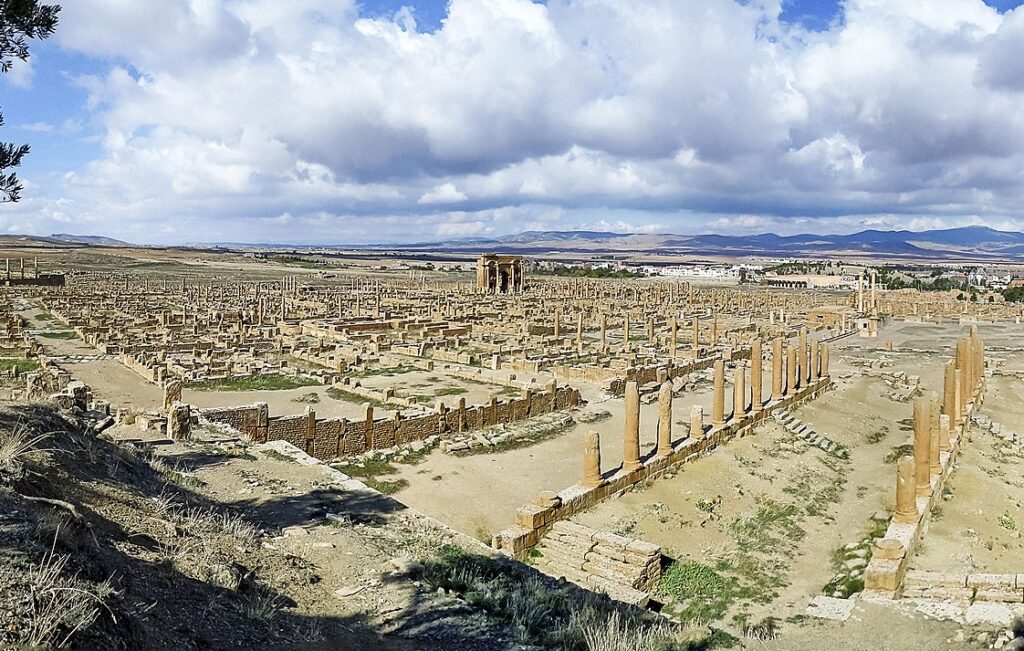
Marciana Traiana was a city founded by Roman Emperor Trajan during the 2nd century. It is located in the modern nation of Algeria, about 75 miles (120 km) south of another former Roman city known as Constantine. The city was home to many Roman veterans, who were given land in exchange for their military service. Marciana Traiana would decline along with the Roman Empire. It was devastated during conquests by the Vandals and the Moors and was eventually abandoned. The city remained relatively untouched, and thanks to the dry desert climate, many of its ancient monuments are still intact. The ruins of Marciana Traiana were commemorated as a UNESCO World Heritage Site in 1982.
6. Forum of Palmyra – Palmyra, Syria
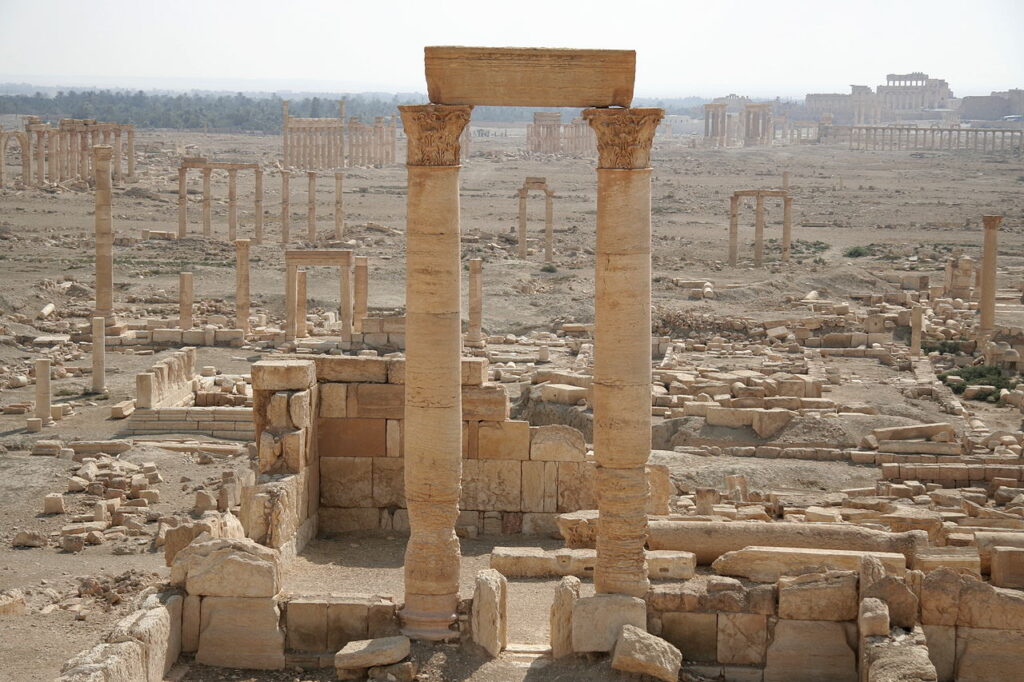
Palmyra is an ancient city located in the heart of modern-day Syria. It was a major population center long before the arrival of the Romans. Palmyra became part of the Roman Empire in the 1st Century CE and the Romans would fill the city with countless monuments and buildings. In addition to several temples and a Theater, Palmyra had a large forum. The city’s forum was utilized by traders exchanging silks, spices, and other commodities from the infamous Silk Road.
7. Roman Forum of Athens – Athens, Greece
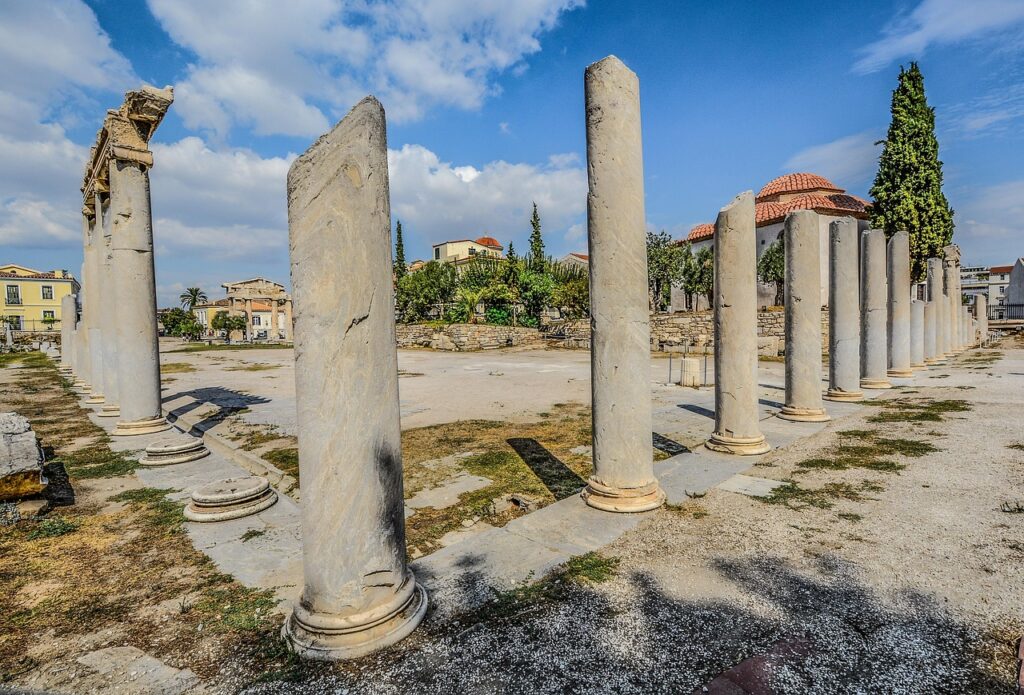
Athens was one of the greatest city-states in Ancient Greece. The city is home to many impressive examples of ancient Greek Architecture. Athens also thrived as a Roman City in the centuries after the Battle of Corinth in 146 BCE. The Romans would construct their own Theater and their own forum within Athens. The entire idea of a Forum actually originates from the Ancient Greek Agora. Agoras served essentially the same function as forums, and they too were the focal point of Greek politics and culture. The Roman Forum of Athens still stands as a testament to Roman rule in the city, and many of the complex’s original columns still remain.
8. Forum of Cuicul – Djémila, Algeria
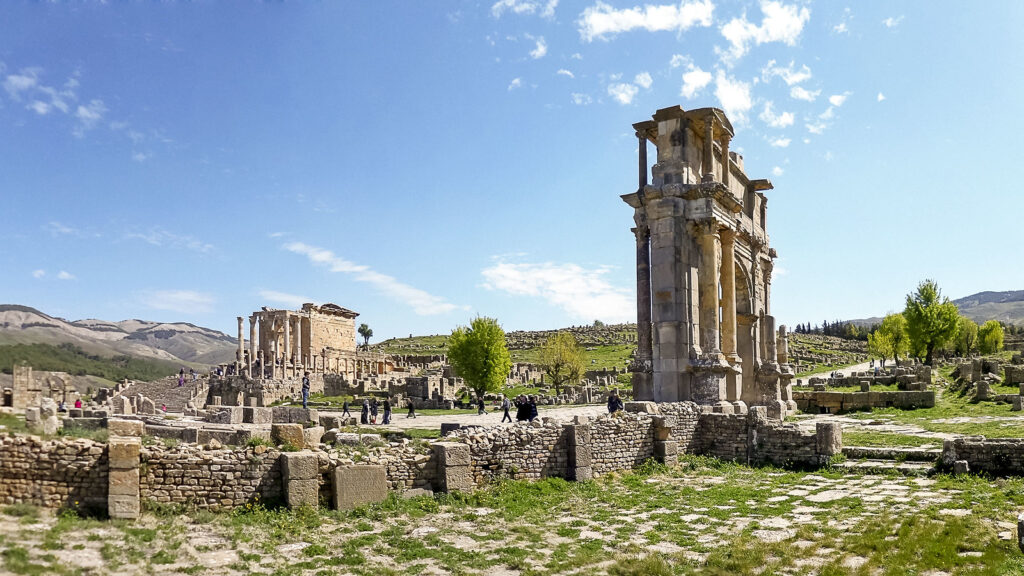
Just like Leptis Magna and Marciana Traiana, Cuicul was an important outpost within Rome’s North African territories. The city stands within the mountains of modern-day Algeria and was founded during the peak of the Roman Empire in the 1st century CE. The image above shows several of the monuments that remain within the area. A large Triumphal Arch marks the entrance to an open rectangular forum, and in the distance, you can see the remains of the Temple of Gens Septimia.
9. Forum of Apamea – Apamea, Syria
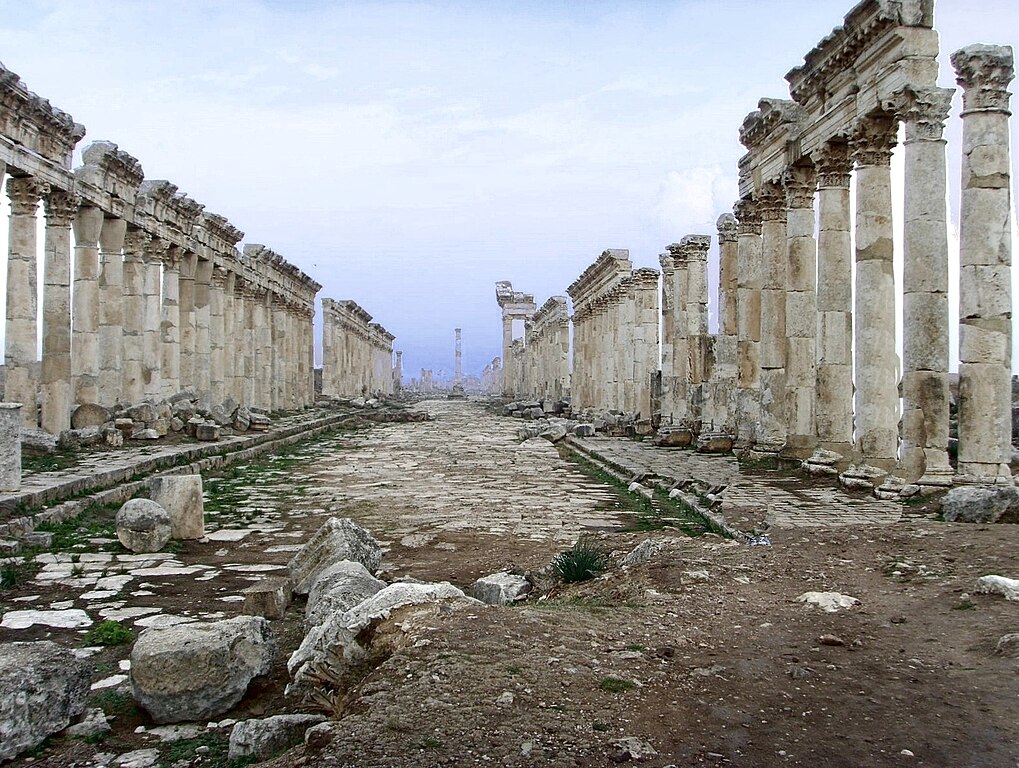
The Roman city of Apamea contains a forum connected to other monuments by a grand colonnaded street. This is a similar configuration to other cities in the region, such as Palmyra and Gerasa. The Colonnaded Street at Apamea was one of the longest in the Roman Empire, and the site remains in remarkably good condition. Apamea was one of the most populous cities in the region, and it contains one of the largest Roman Theaters ever constructed. A large portion of the Ruins of Apamea were reconstructed in the 19th century and can be seen at the Brussels Art & History Museum.
10. Forum of Uthina – Uthina, Tunisia
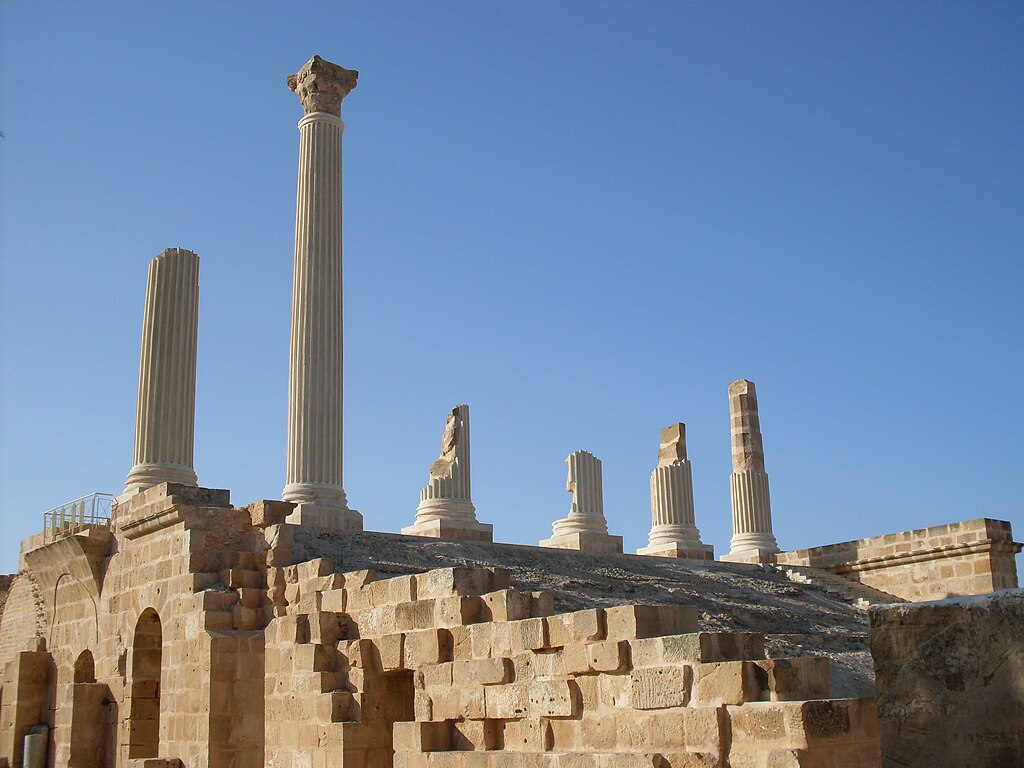
Uthina was a city in the Ancient Roman Empire located about 27 miles (44 km) south of Carthage. The city’s most impressive site is its Amphitheater, which was built to house over 16,000 spectators. The image above shows the remnants of the Capitolium of Uthina, which overlooks the city’s forum. Capitoliums were temples dedicated to a group of gods, and many different Capitoliums can be found throughout the Roman World. Uthina was abandoned after the Fall of the Roman Empire, and the city’s remains include other monuments like an Aqueduct, several Basilicas, and a Triumphal Arch.
11. Forum of Tarraco – Tarragona, Spain
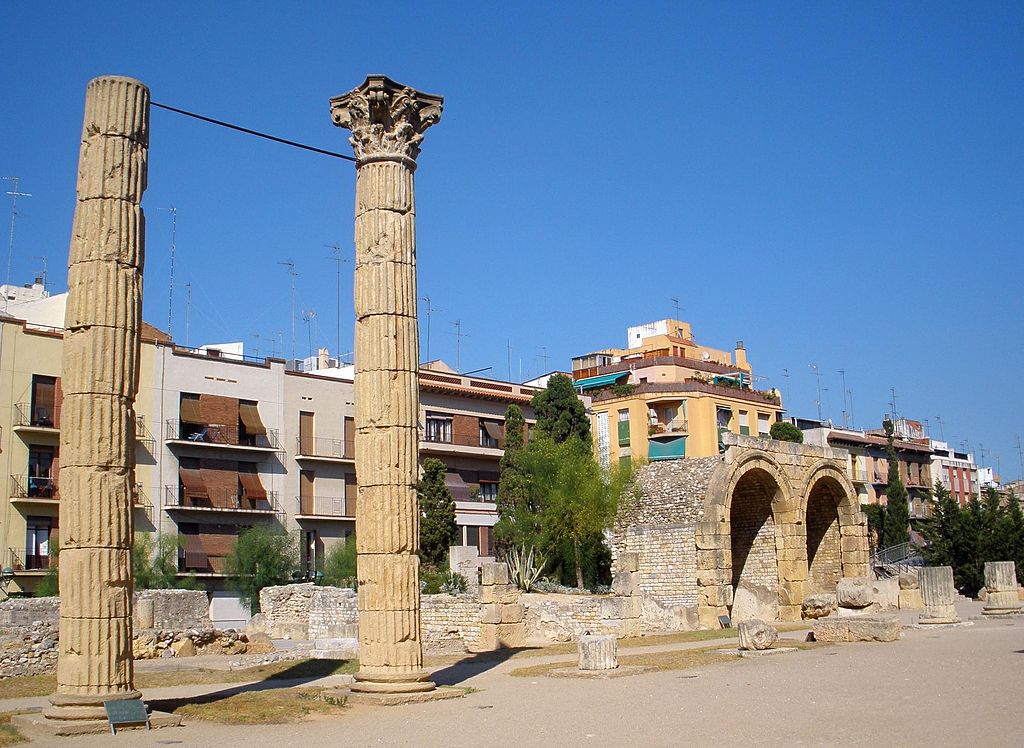
The Forum of Tarraco is a collection of Roman Monuments located in the heart of the Catalonian city of Tarragona. Tarragona is located on Spain’s Mediterranean Coastline, just an hour away from Barcelona. Although Tarragona’s most notable Roman site is its Amphitheater, the forum still contains many prominent ruins. The image above shows two Corinthian columns and some arches that were once part of a large Roman Basilica. The area around Tarragona also includes other Roman sites like the Les Ferreres Aqueduct and the Roman Walls of Tarraco.
12. Forum of Bosra – Bosra, Syria
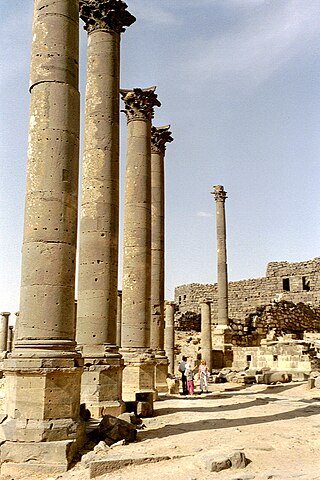
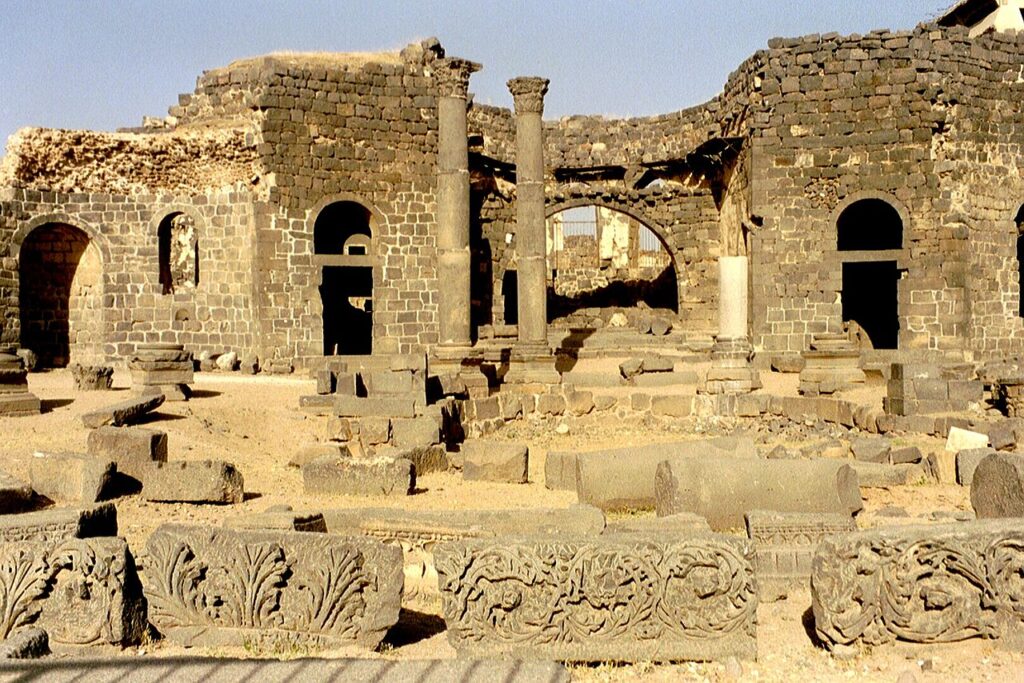
Bosra is a city in modern-day Syria that contains one of the most impressive Theaters of the Ancient Roman World. The site is also home to a large forum that was surrounded by lavish baths and basilicas. Bosra’s ruins are unique because many of the buildings are constructed from black Basalt stone. This material gives all of the monuments in Bosra a dark and weathered appearance, unlike the gleaming white marble buildings found in cities like Rome. The archaeological site at Bosra is regarded as one of the greatest surviving Roman Cities in the Eastern Mediterranean and was commemorated as a UNESCO World Heritage Site in 1980.
13. The Great Court – Baalbek, Lebanon
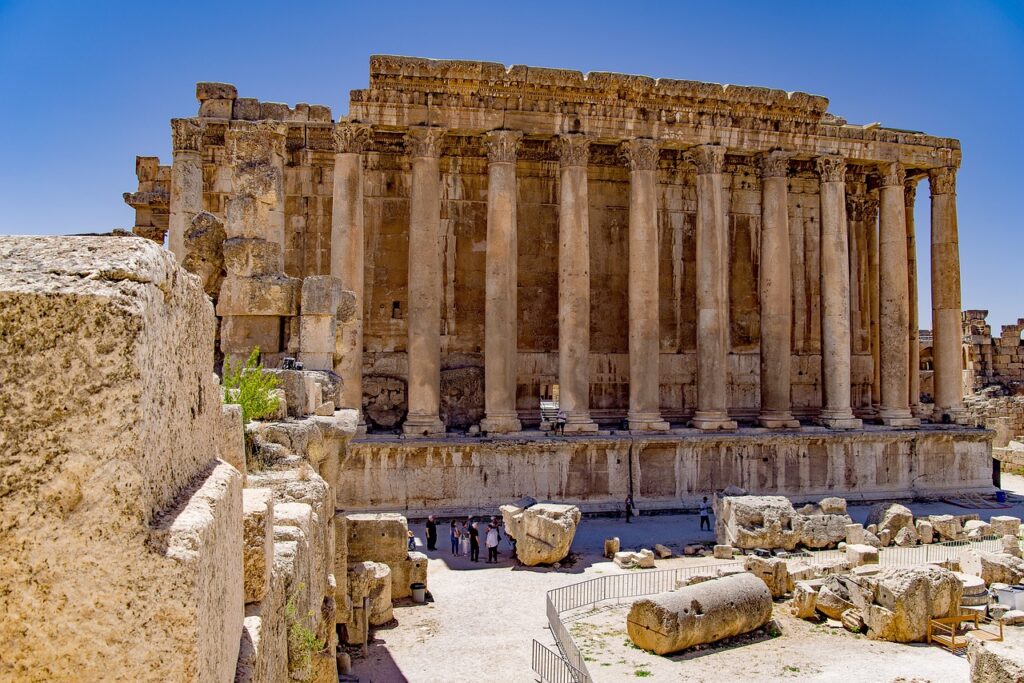
Baalbek is an Ancient City with roots dating back to the Bronze Age. It was conquered by Alexander the Great and subsequently renamed Heliopolis. As a Greek and later Roman city, Heliopolis prospered and became well-connected with other cities in the region. Baalbek contains some of the greatest Roman Ruins in all of Lebanon, and its highlights include the Temple of Bacchus and the massive Great Court of Heliopolis. The Great Court was a large open space surrounded by 20-foot-high stone walls filled with important buildings like Basilicas and Baths.
14. Forum of Brixia – Brescia, Italy
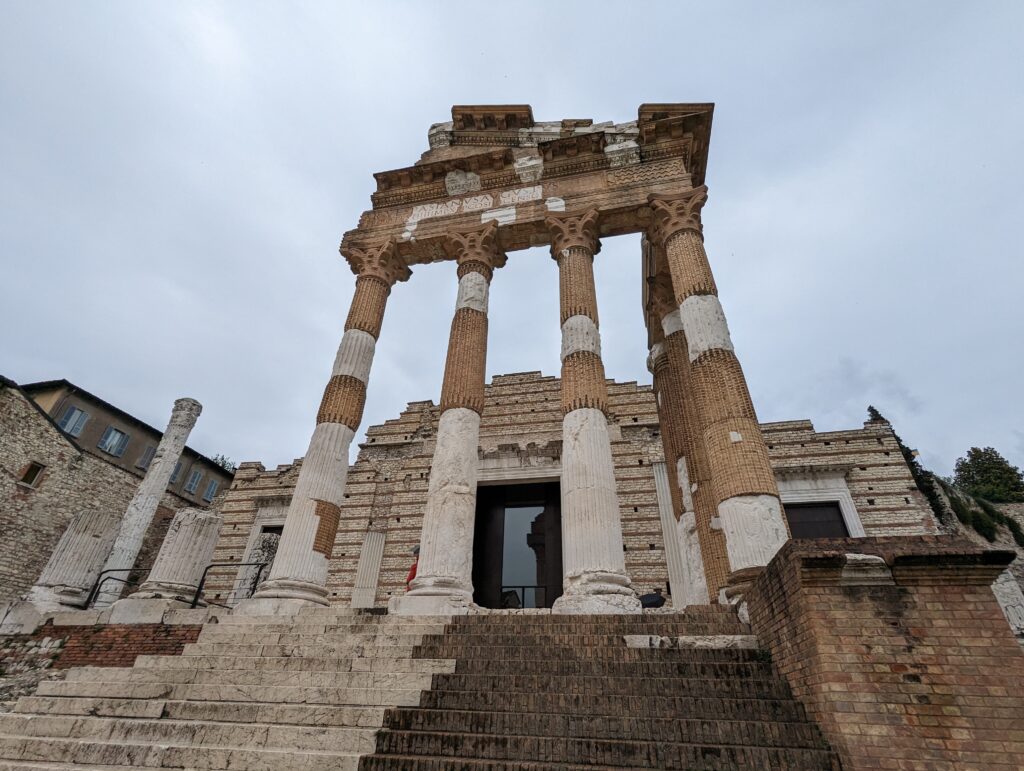
Brixia was a small city founded by the Etruscans in northern Italy. It became part of the Roman Republic in 225 BCE and the Romans would fill the city with monuments like Aqueducts, Temples, and a Forum. The Forum of Brixia was eventually converted into Piazza del Foro, which is located in the heart of the modern city of Brescia. The image above shows several Corinthian columns that once composed the front facade of the city’s Capitolium. Today, Bescia is well known for its Medieval Castle and Baroque Cathedral, but it is also home to several impressive Roman Monuments.
15. Forum Capitolium – Ostia Antica, Italy
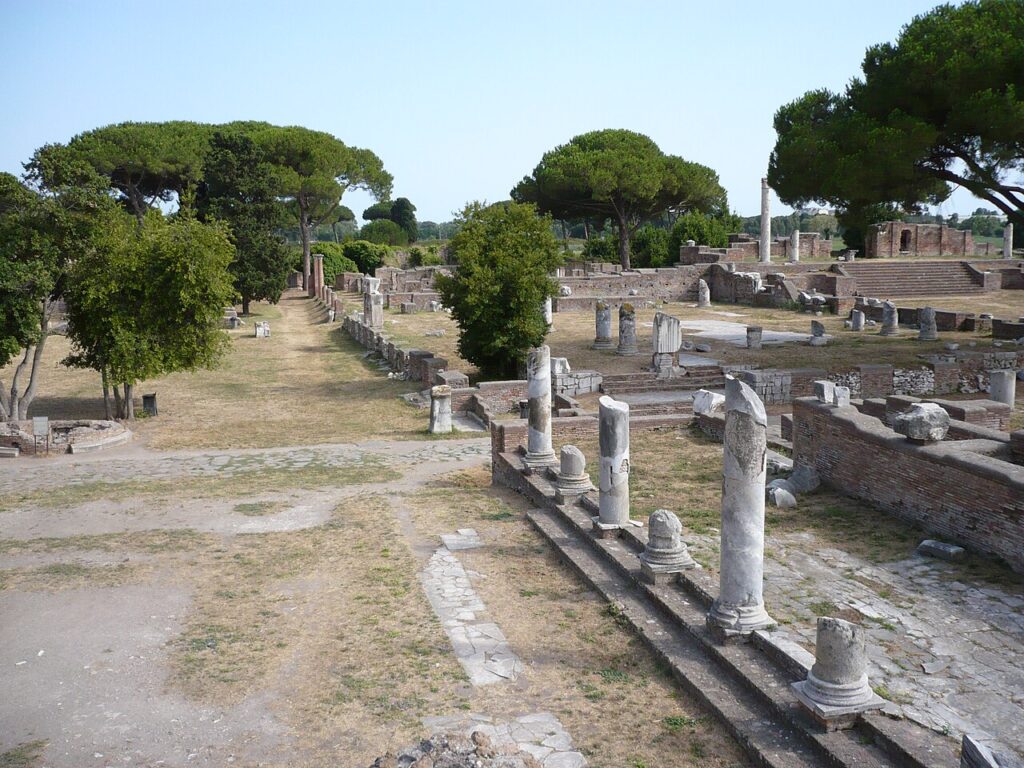
Ostia Antica was a large city located on the coast of central Italy. It is often regarded as “Rome’s Port.” It contained an assortment of docks, shipyards, and warehouses which supported Rome’s maritime network. Rome could not survive without grain imported from its provinces, and Ostia Antica was a vital piece in this delicate system. The city is filled with a vast array of Roman Ruins, rivaling those within the eternal city. The image above shows the Forum Capitolium of Ostia Antica, located in the heart of the port city.
The Ancient Agora
The Forum was the Roman adaptation of the Ancient Greek Agora. The Agora was an open space where debates, elections, celebrations, and other important public functions were held. The Agora was the center of Ancient Greek Civilization, and all of the Greek City-states contained large and impressive Agoras. The most notable of these is the Great Agora of Athens, which sits at the base of the Acropolis. The very foundations of Democracy were first dreamt right here in the Athenian Agora, and it is one of the world’s most important historical sites.
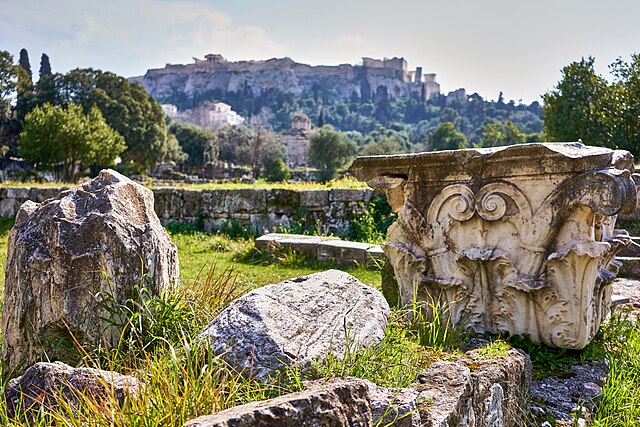
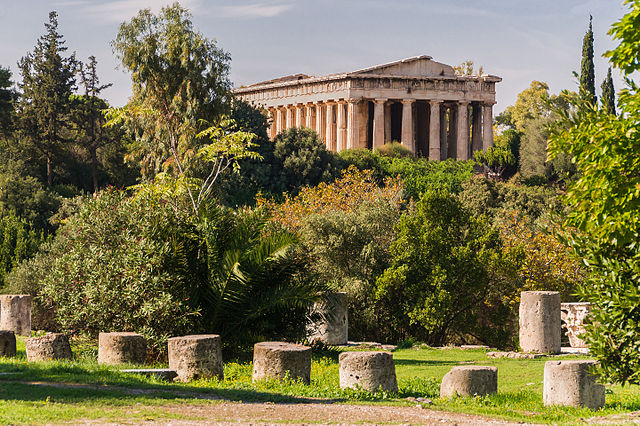
The images above show different areas within the Ancient Agora of Athens. Just like with Roman Forums, the Greek Agora was surrounded by monuments and civic buildings.
What happened to Roman Forums?
Roman Forums continued to be important during the final days of the Roman Empire. Even after the empire collapsed, forums continued to be frequented by local populations. Many forums would eventually become the Plazas, Piazzas, and Squares found throughout many of Europe’s cities.
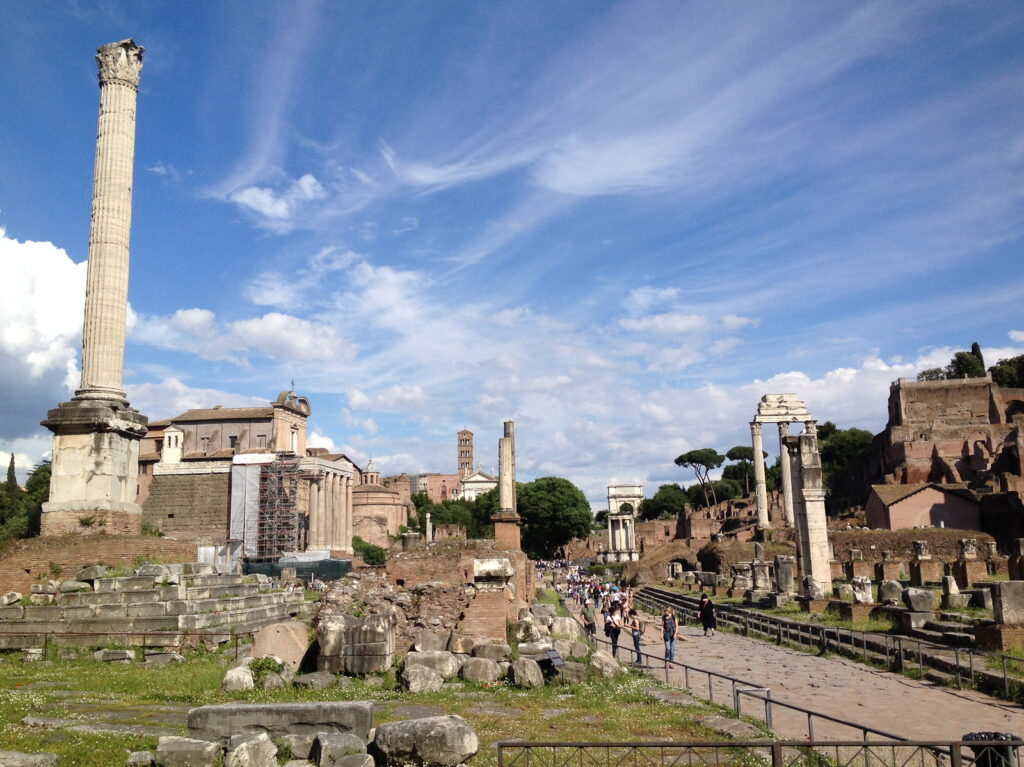
Influence of Roman Forums
Today the Roman Forum remains extremely influential. We still visit many of these ancient sites, and the legacy of Roman Forums can be seen throughout the modern world. Nearly all cities are still built around central open spaces used for events and gatherings. And the term “forum” is still used to describe lectures, public speeches, seminars, and symposiums. Rome’s Forum remains one of the most visited sites in all of Europe, and the other forums in this article contribute to the long-lasting legacy of the Ancient Roman Empire.
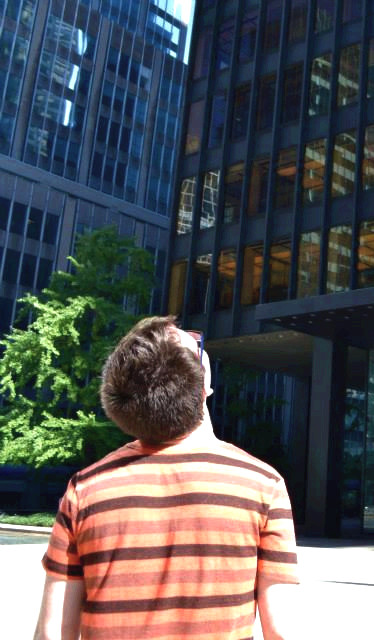
- About the Author
- Rob Carney, the founder and lead writer for Architecture of Cities has been studying the history of architecture for over 15 years.
- He is an avid traveler and photographer, and he is passionate about buildings and building history.
- Rob has a B.S. and a Master’s degree in Architecture and has worked as an architect and engineer in the Boston area for 10 years.
Like Architecture of Cities? Sign up for our mailing list to get updates on our latest articles and other information related to Architectural History.
